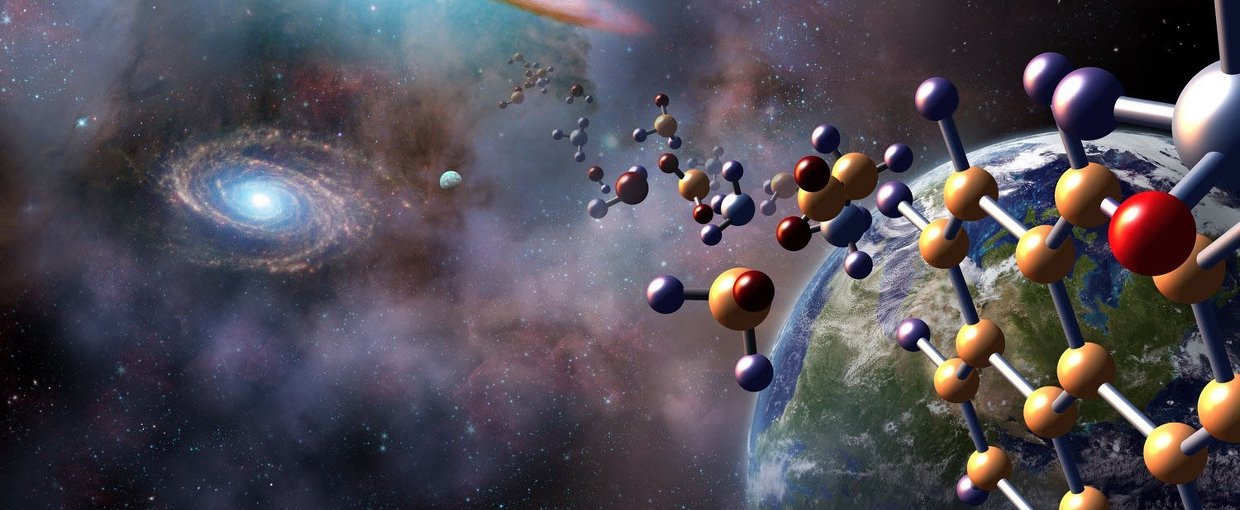
Researchers studying subunits of RNA polymerase from the microorganism Methanosarcina acetivorans have shed new light on the role of these subunits in the assembly of RNA polymerase itself. The subunits in question (Rpo3 and Rpb3/AC40) were previously though to bind to iron–sulfur (Fe-S) clusters during RNA polymerase assembly. Fe-S clusters serve many functions in cellular processes, and were likely the primary electron carriers for life on Earth at a time when oxygen was not present in large quantities in our planet’s atmosphere. Understanding the role of Fe-S clusters today, and how they interact with subunits of RNA, can shed light on key processes used by ancient life on Earth.
The study, “The [4Fe-4S] clusters of Rpo3 are key determinants in the post Rpo3/Rpo11 heterodimer formation of RNA polymerase in Methanosarcina acetivorans,” was published in the journal MicrobiologyOpen. The work was supported by NASA Astrobiology through the Exobiology & Evolutionary Biology Program.
